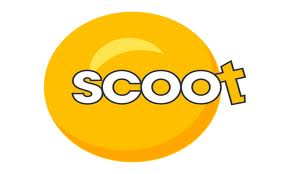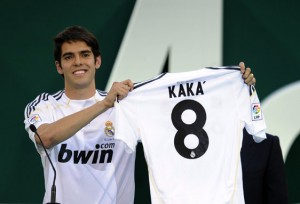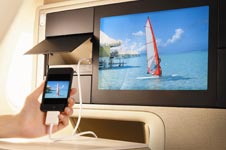In Yanjie He’s Blog “Starbuck’s pricing strategy in recession” (https://blogs.ubc.ca/hyj1216/). The writer shows Starbucks announced its new pricing strategy in 2009 which lowered the price for its lower-end products and raised price for its higher-end products. The writer thinks that the company should not greedy all customers, and they can focus on the groups which have high use rates and high loyalty. I agree with her ideas.
Besides the Starbucks does not have obvious advantages on winning low-end market’s shares from MacDonald and other competitors, Starbucks may lose some high-end customers if it offers the lower price products. “A brand’s price and image are often closely linked. A price change, especially a drop in price, can adversely affect how consumers view the brand.” (Armstrong) Therefore, Starbucks should be cared if they want to put low priced products in the market. Take Thinkpad (a laptop brand) as an example, there were only three series (T, X, & R) in 2004. However, Lenovo wants to capture the lower-end markets. As a result, the company has offered SL, E and L series which charges lower price in the market since 2008. Although the company also offers the New W series which is offered for high-end consumers, Thinkpad is losing the high-end consumers which were captured by them.
During the economic crisis, Starbucks can do following options except offering lower priced products: (1) Increased the perceived value of its products (2) Improve the quality of the products. (3) In some price-sensitive region, the company can low slightly the prices. (4) If the company still wants to capture the lower-end markets, it can create a fighter brand without affecting the image of Starbucks. (5) The company can work with local community in order to raise its society effect. Those actions can help the company build a long term relationship with customers and society.








